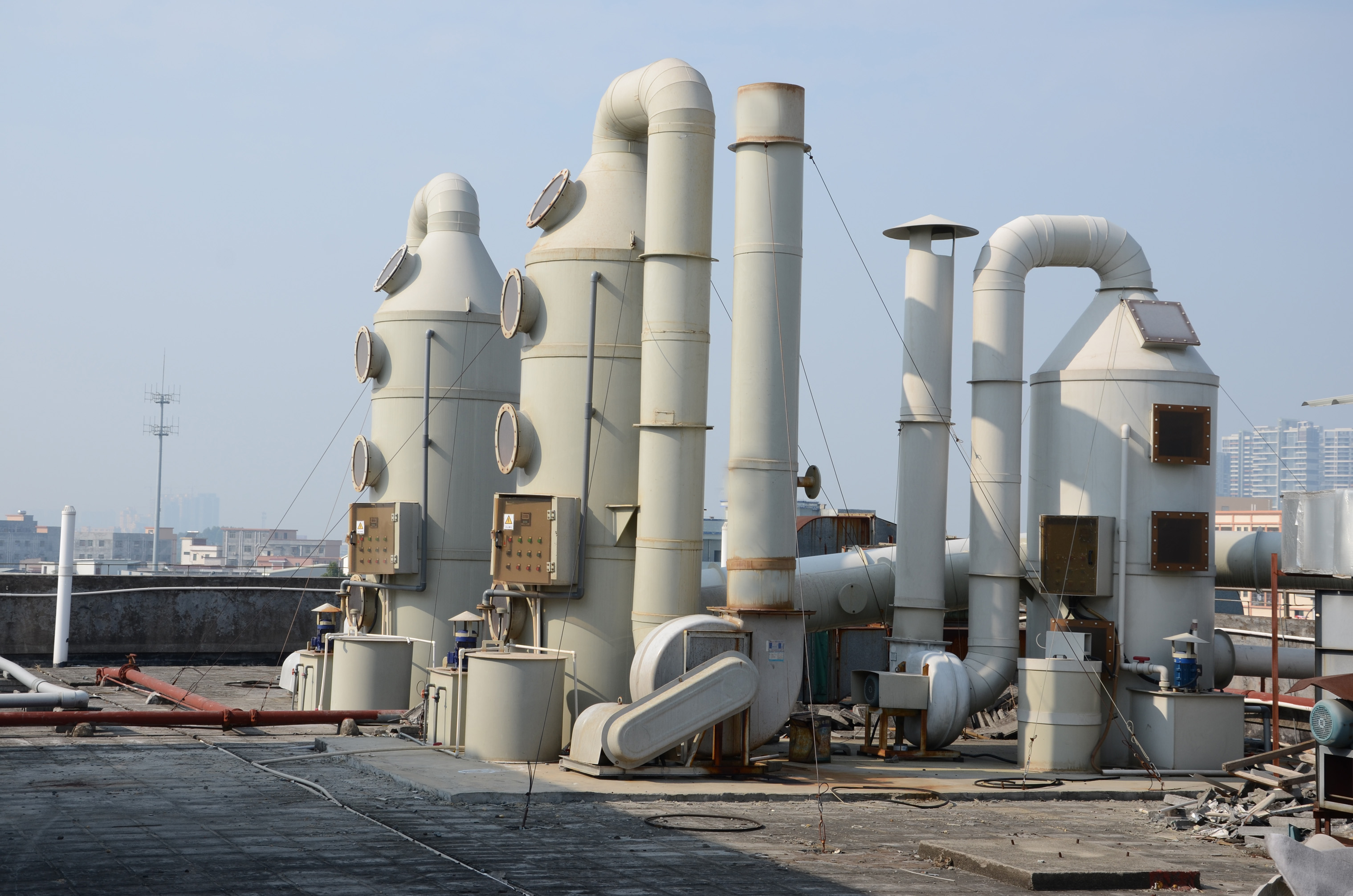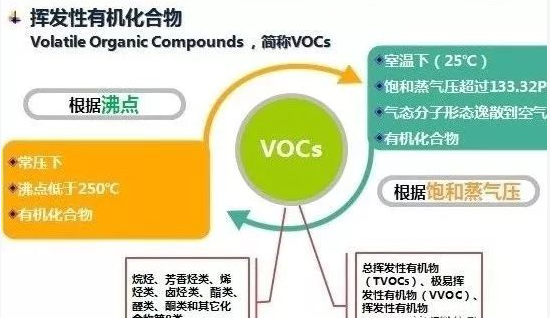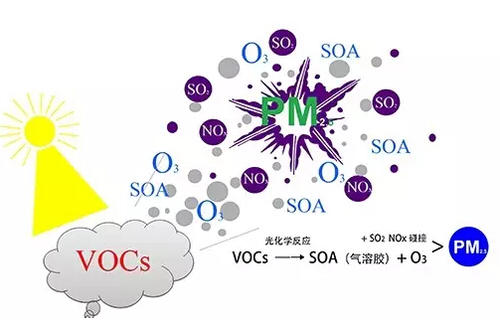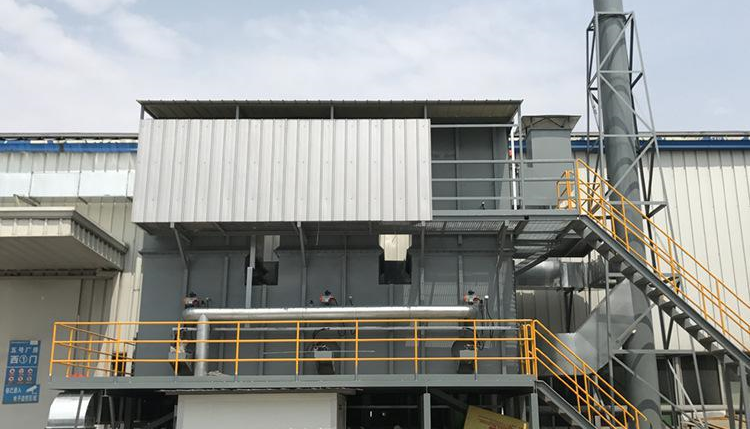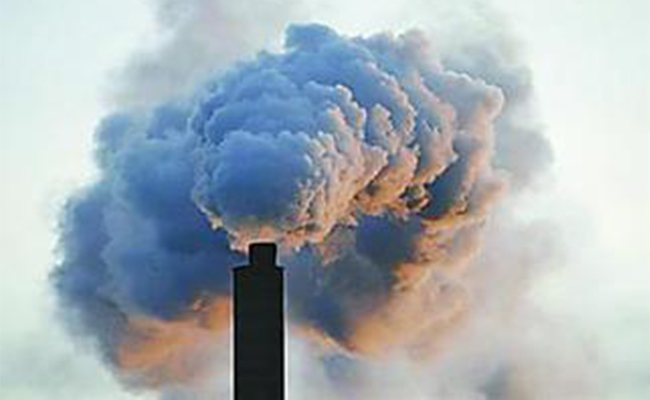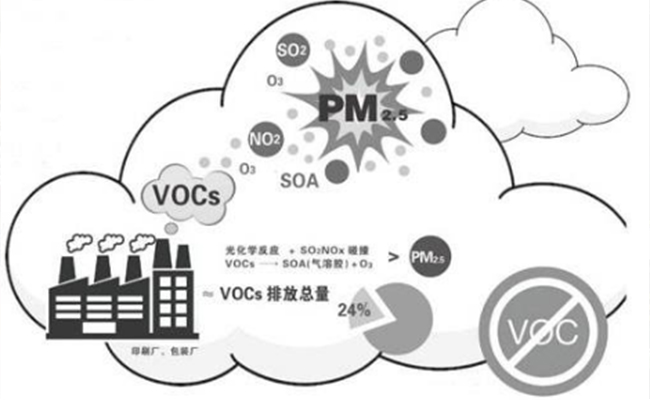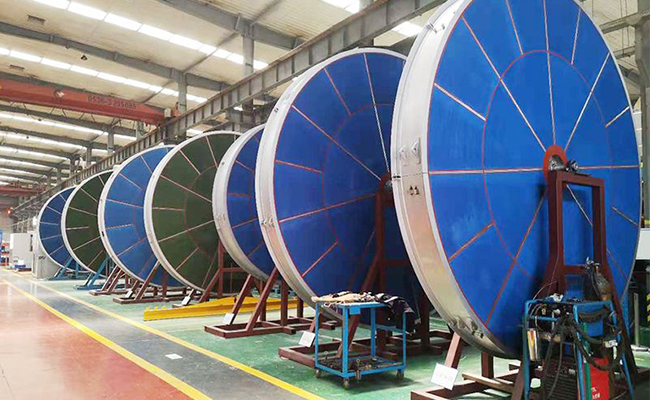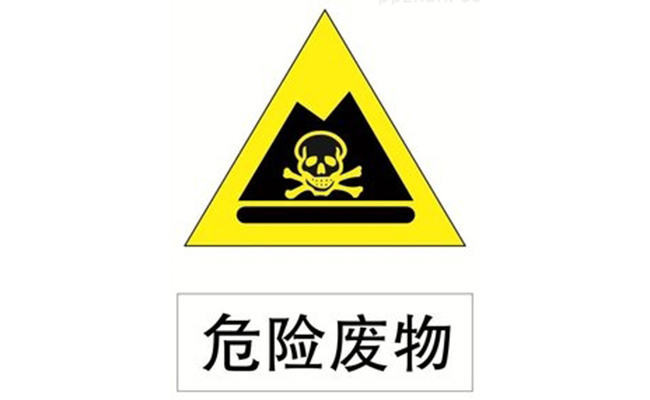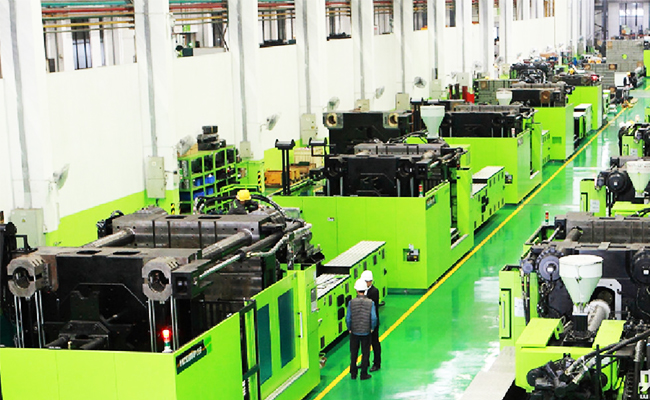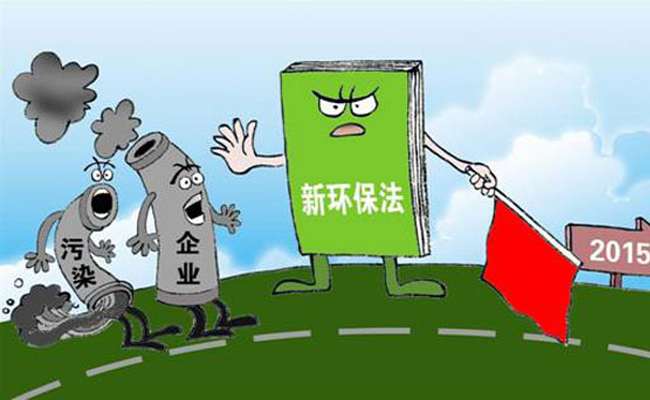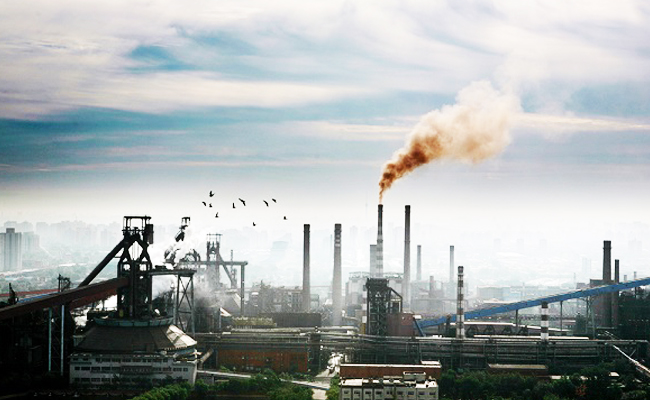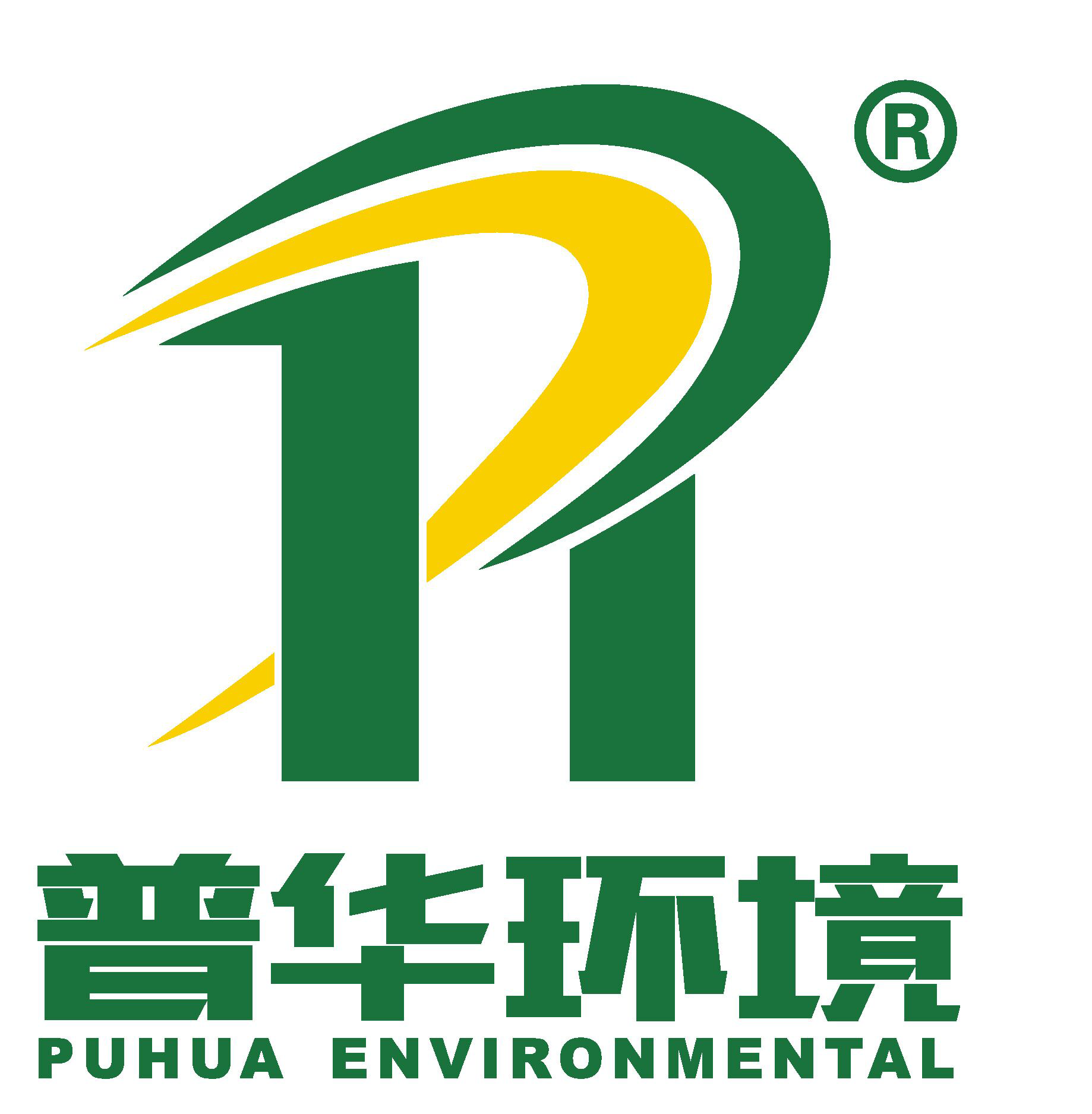
-
Factory Environmental Governance Comprehensive Solution Provider
-
Focus on R & D and manufacturing of VOCs exhaust gas treatment equipment

Focus on R & D and manufacturing of VOCs exhaust gas treatment equipment
VOCs, also known as volatile organic compounds, include non-methane total hydrocarbons, benzenes, volatile halogenated hydrocarbons, alcohols, ethers, fatty acids, lipids, phenols, fatty aldehydes, fatty ketones, small molecule polymers, Organic volatile organic compounds such as polymers, thiols, amines, and other solvents. VOCs, also known as volatile organic compounds, include non-methane total hydrocarbons, benzenes, volatile halogenated hydrocarbons, alcohols, ethers, fatty acids, lipids, phenols, fatty aldehydes, fatty ketones, small molecule polymers, Organic volatile organic compounds such as polymers, thiols, amines, and other solvents.
I. National and local policies for volatile organic compounds
VOCs pollution involves many industries, including petrochemical, pharmaceutical, painting, printing, etc. VOCs will cause harm to human health and the environment. Under the irradiation of ultraviolet rays, strongly oxidative VOCs and NOx in the atmosphere undergo a photochemical reaction to produce secondary pollutants such as O3. At the same time, VOCs will interact with atmospheric particles to form secondary pollutants. Organic aerosol, which is the source of photochemical pollution and haze pollution.
In response to VOCs emissions, the state has issued a series of policies, standards, regulations and other industries and enterprises involved in strict compliance with various rules and regulations. For example, the Ministry of Environmental Protection, the Development and Reform Commission, and the Ministry of Finance issued the "12 The Five-Year Plan was implemented from 2012.10.29.
The Ministry of Environmental Protection, the Development and Reform Commission, the Ministry of Industry and Information Technology, the Ministry of Finance, the Ministry of Housing and Urban-Rural Development, and the Energy Bureau have issued the "Implementing Rules for the Implementation of the Action Plan for the Prevention and Control of Air Pollution in Beijing, Tianjin, Hebei, and Surrounding Areas", which will be implemented from September 17, 2013 The 12th Five-Year Plan for National Environmental Protection issued by the Ministry, the Technical Guide for VOCs Pollution Control in Key Industries, and the Law of the People's Republic of China on Air Pollution Control (Revised Draft).
The "Thirteenth Five-Year Plan" will include VOCs in the total volume control indicators. Under the compulsory constraints of the total volume control standards, it will help accelerate the progress of VOCs governance. The plan states that VOCs will promote the control of total volatile organic emissions in key regions and industries, and the total national emissions will fall by more than 10%.
2. Various VOCs governance technologies and comparison
VOCs treatment technology includes recovery technology and degradation technology, among which recovery technology includes: adsorption technology, absorption technology, condensation technology and membrane technology, and degradation technologies include thermal incineration technology, catalytic combustion technology, biotechnology, plasma technology, photolysis oxidation technology and photochemical technology. Catalytic technology, and a combination of various technologies, as shown in Figure 1:
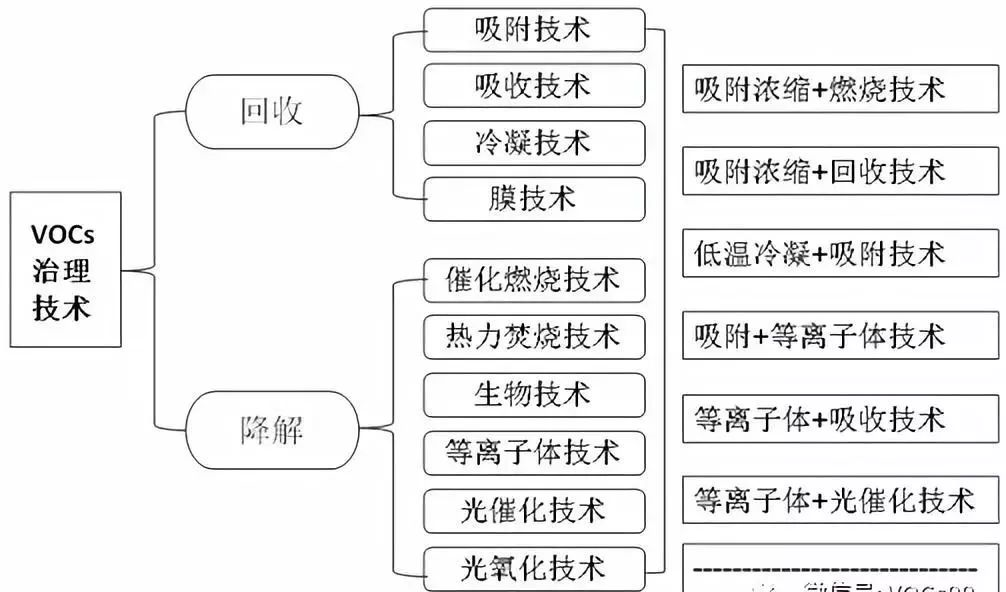
▲Figure 1 Comparison of various VOCs governance technologies
Different governance technologies have their specific scope of application and use conditions. Only under their specific scope of application and use conditions can the most ideal governance effect be achieved, which is also the most economically reasonable. Table 2 compares the advantages and disadvantages of various technologies and their control efficiency.
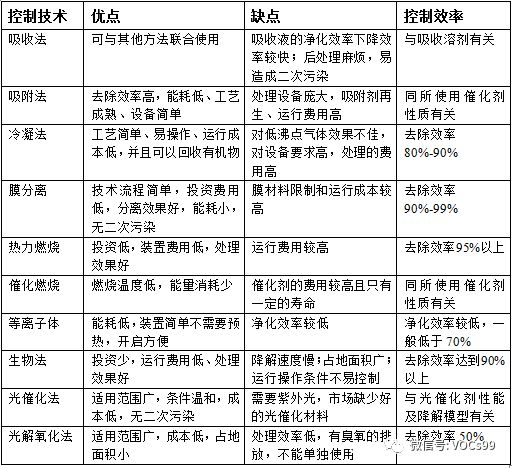
▲Table 2 Comparison of various governance technologies
Selection Principles of VOCs Governance Technology
3.1 Selection of VOCs control method
The governance of VOCs should include two parts: one is to control from the source, that is, to reduce the use of volatile raw materials in the production process; the other is to avoid, and to control from the emission standards.
Control from the source:
For the production, sale and use of raw materials and products containing volatile organic compounds, the volatile organic compound content must meet the prescribed limit standards. Encourage the production, sales and use of low-toxic, low-volatile organic solvents.
In violation of the provisions of this Law, the production, sales, and use of raw materials and products whose volatile organic content does not meet the limit standards shall be confiscated by the quality supervision, inspection and quarantine department and the administrative department for industry and commerce in accordance with their duties.
Control from emission standards:
Production and service activities that generate volatile organic-containing waste gas shall be carried out in confined spaces or equipment, and pollution prevention facilities shall be installed and used in accordance with regulations; if it cannot be closed, measures shall be taken to reduce exhaust emissions.
Production and service activities that generate volatile organic compound-containing waste gas are not carried out in confined spaces or equipment. In order to install and use pollution prevention facilities in accordance with regulations, or fail to take corresponding emission reduction measures, the people's governments at or above the county level shall protect the environment The competent department shall order a correction and impose a fine; if it fails to do so, it shall be ordered to suspend production for rectification.
3.2 Selection of VOCs governance technology
In VOCs governance technology, the choice should follow three levels: one is the target level, the second is the standard level, and the third is the program level, that is, based on the final goal, considering the various intermediate links to achieve the goal, choose the solution to the final problem , Measures and ways to achieve it. Take chemical or pharmaceutical waste gas treatment as an example to illustrate the aspects and factors that should be considered in technology selection.
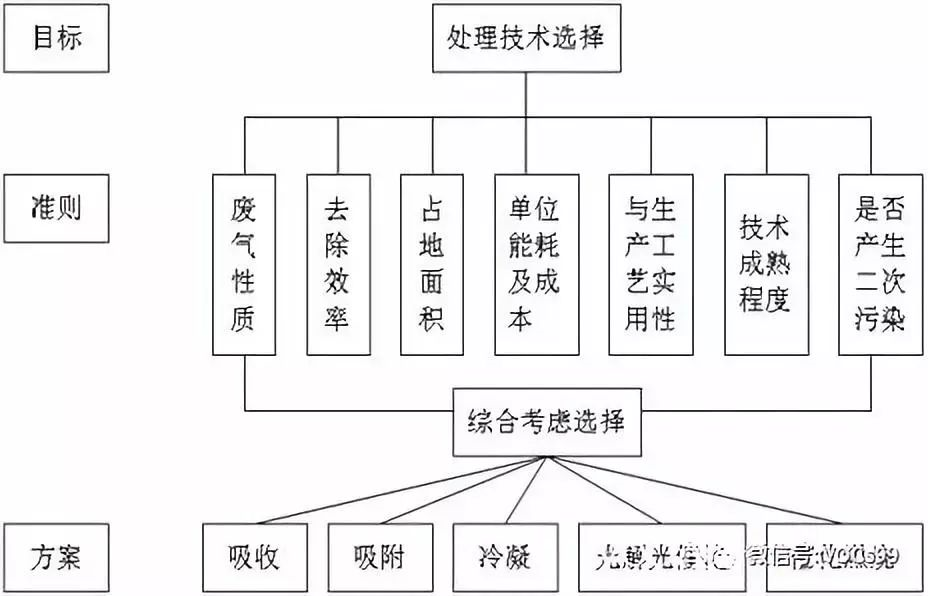
▲Table 3 Selection of VOCs governance technology
Take the national comprehensive air emission standard or industry air emission standard (and local air emission standard or local industry standard) as the processing goal, consider the situation of multiple factors (including technical factors and economic factors), and select the appropriate treatment technology according to the specific application environment ( Including composite governance technologies).
Summary
With the increase in the regulation of VOCs emissions, only the selection of appropriate treatment technologies and high-performance materials can meet national or local emission standards and truly solve the problem of atmospheric environmental pollution.
